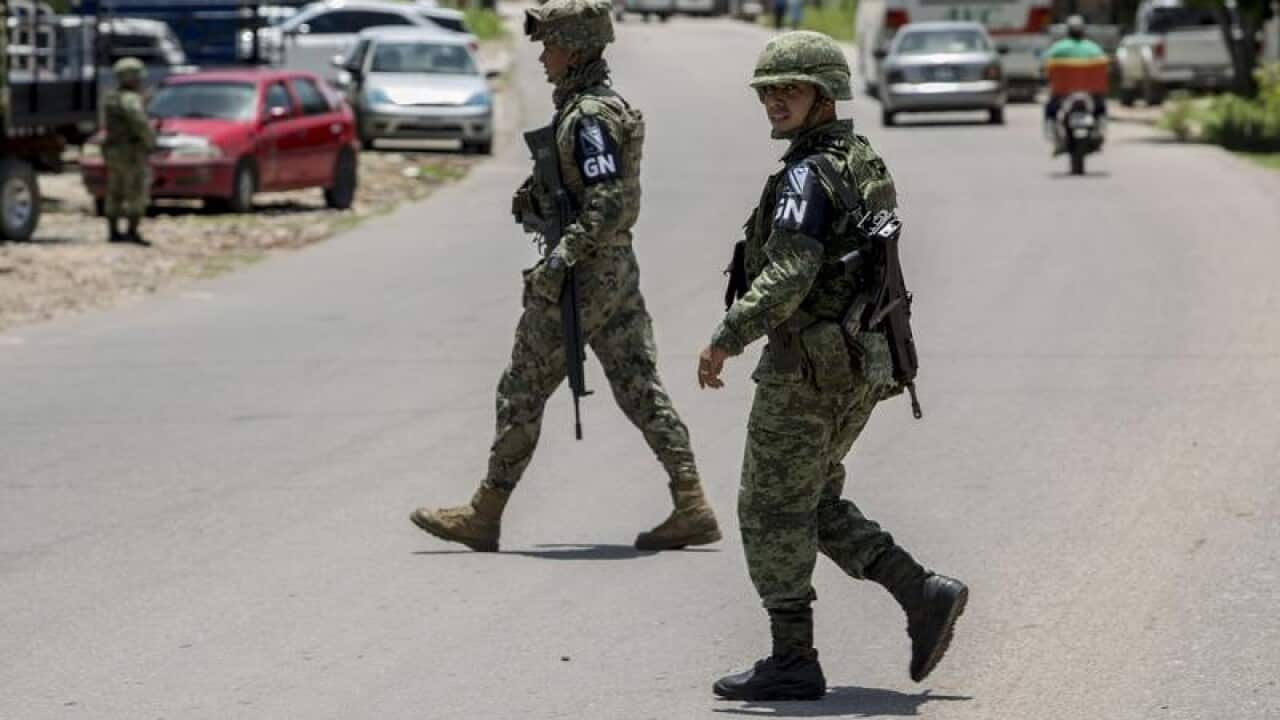Mexico has deployed almost 15,000 soldiers and National Guard in the north of the country to stem the flow of illegal immigration across the border into the United States, the head of the Mexican Army says.
Mexico has not traditionally used security forces to stop undocumented foreign citizens leaving the country for the US, and photographs of militarised police catching Central Americans and Cubans at the border have met criticism.
Mexico is trying to curb a surge of migrants from third countries crossing its territory in order to reach the US, under the threat of tariffs on its exports by US President Donald Trump, who has made border security a priority.
Responding to weekend reports of heavy-handed interventions by the military, Luis Cresencio Sandoval, the head of the Army, said soldiers were needed to back up migration officials in containment operations.
"In the northern part of the country we have a total deployment of 14,000, almost 15,000 units between the National Guard and the Army," Sandoval told a regular news conference on Monday.
"If we left it completely in the hands of the National Institute of Migration it wouldn't be possible ... that's why we're providing support, it's a strategy being pursued on both borders."
Former Mexican national security official Gustavo Mohar said Mexico's security forces had not been used this way before, describing the development as "sad."
Mohar blamed the change on Trump's threats to impose tariffs. The National Guard should ideally not be implementing migration policy, he argued, while acknowledging Mexican migration authorities were overwhelmed.
Mexico on June 7 agreed to reduce significantly the number of migrants reaching the US border within a period of 45 days.
Most of the people caught on the US-Mexico border are from three Central American countries suffering from high levels of gang violence and poverty - Guatemala, Honduras and El Salvador.
Trump has said he will impose initial tariffs of five per cent on all Mexican goods if the migrant flow is not curbed, and the tariff could eventually rise as high as 25 per cent.









